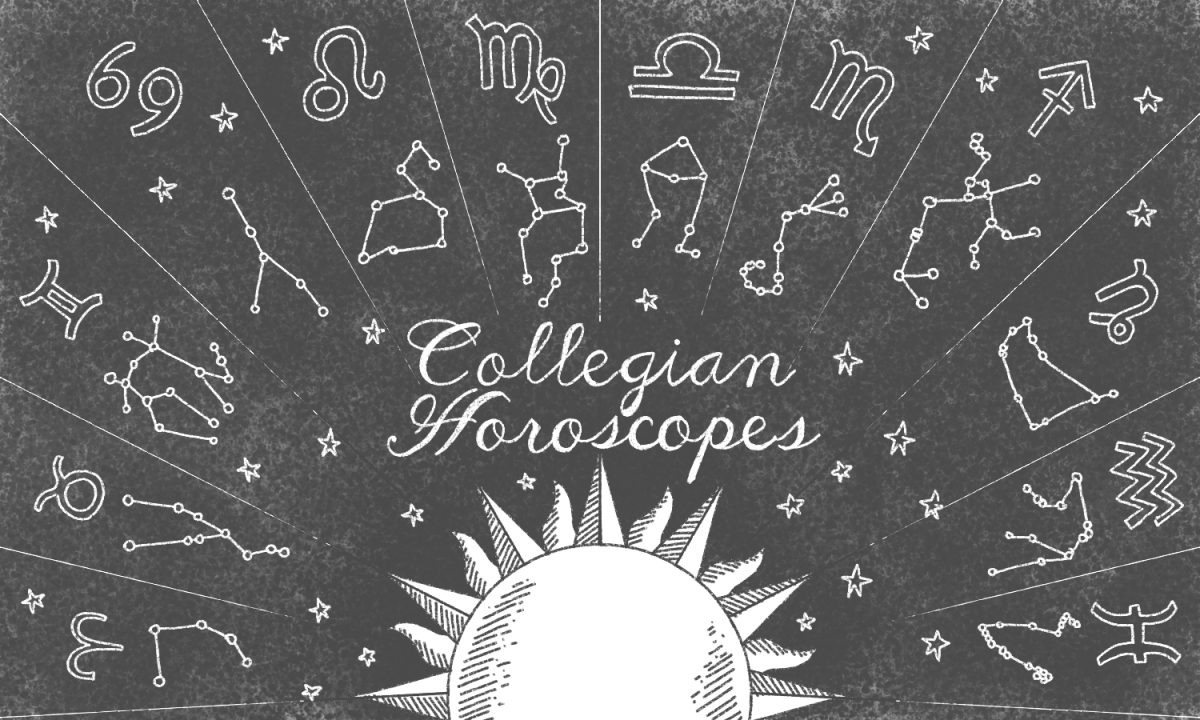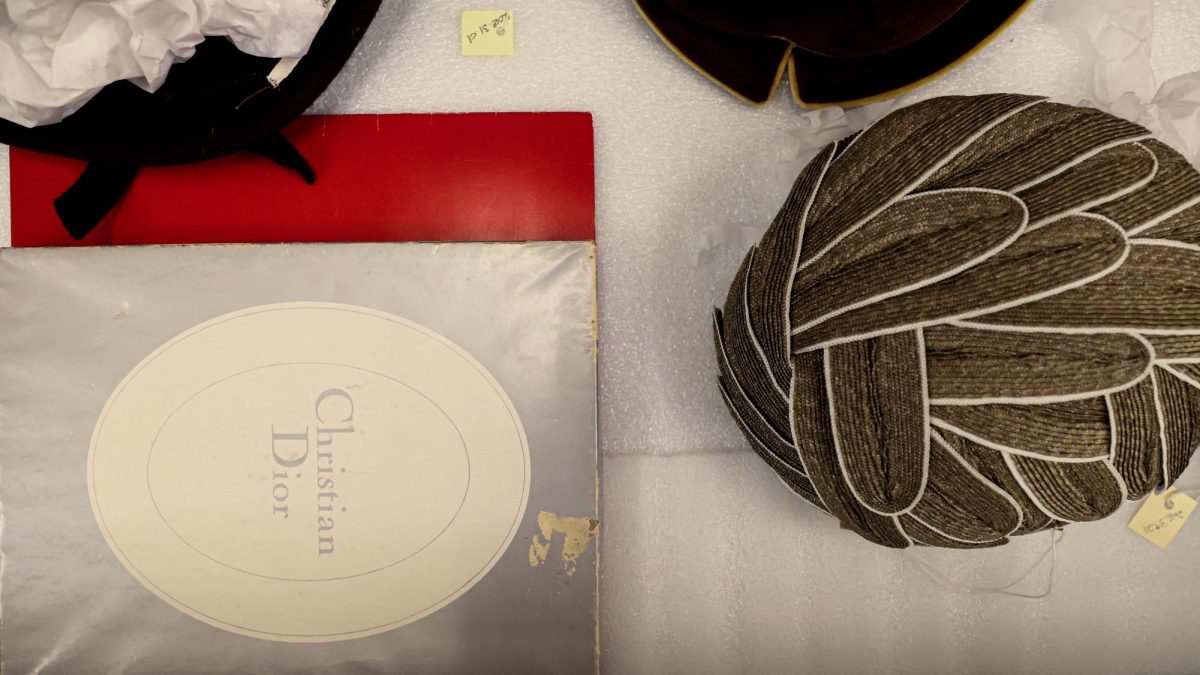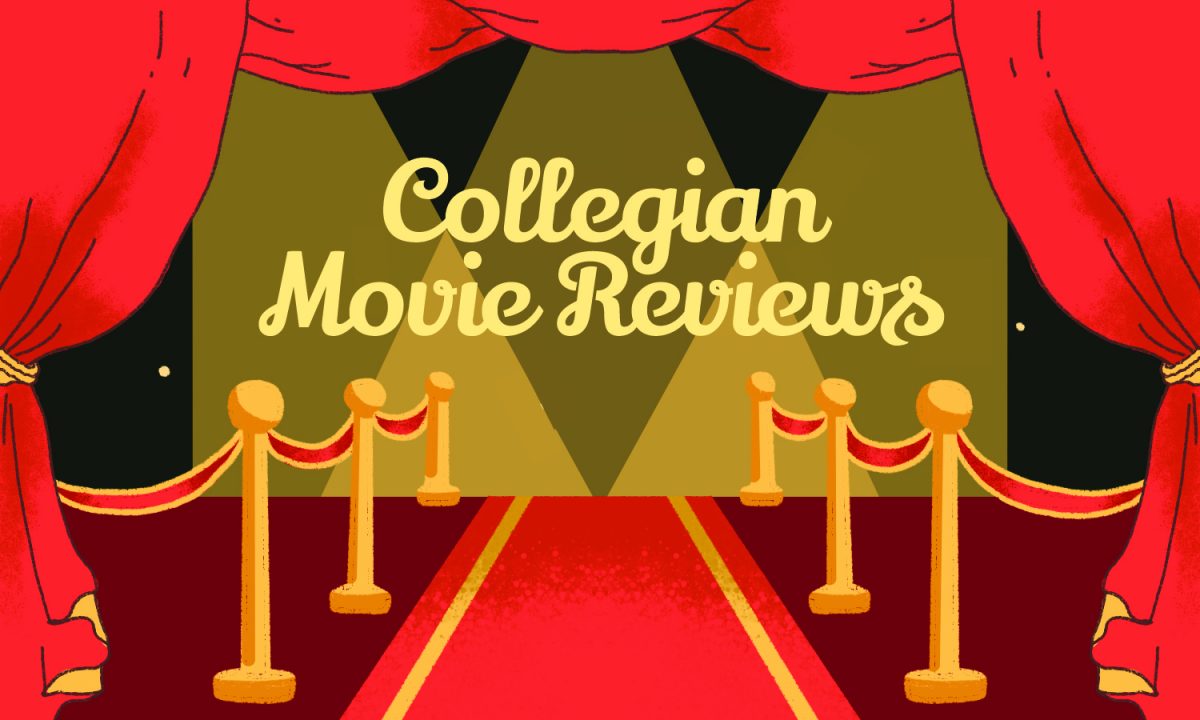The last thing on a college kid’s list of priorities is thoroughly reading the book their professor assigned.

There are ways to avoid reading every page.
(Ashley Potts | Collegian)
Unfortunately, there’s no getting around those pesky assignments that require a deep analysis of the text your teacher expects you to read. As one who has written many high-grade essays without reading every page, here are five tips on how to examine a text, pull out the evidence and write your essay so well, it fools the professor.
READ THE INTRODUCTION AND CONCLUSION FIRST
What any good essayist needs to keep in mind is the argument of the author. Their argument is why the book is so long. When you sit down to begin writing, read the introduction and conclusion first. These two sections of the book are where the author states what they are trying to prove and a review of all their main points that back up their claims. Once you determine what they are trying to communicate, you’re ready for step two.
PICK THREE MAIN POINTS
After figuring out what is being argued, structure your essay with three main points you discovered in the introduction and conclusion. Since you found them in those sections, that means that they’re in the meat of the book somewhere. Make this step easy on yourself. Picking three broad topics is good because then you most likely will find more things in the book you can manipulate to prove what you’re trying to say.
SEARCH FOR EVIDENCE
This is the most crucial step. Professors like to see direct quotes out of the book and the more quotes you find, the less writing you’ll have to do because they speak for themselves. I find it helpful to go to the table of contents and read the titles of the chapters because there is usually a general theme per chapter. Find a chapter that might have to do with one of your three topics and scan that section. Anything that jumps out to you, like a specific word or the discussion of an idea, highlight that sentence and mark the page so you can come back to it.
Don’t just look for one main point at a time. Keep your eyes peeled for other quotes in the book that can work for your other sections too.
PULL YOUR QUOTES
Once you’ve found quotes that can explain your points, take the most meaningful and the most obvious ones from your highlighted sections and place them in your body paragraphs. If you find a quote that is slightly ambiguous and you’re not sure if it will suffice, make it work. It’s easy to manipulate evidence to make it sound like it relates to what you’re talking about. To do this, paste the quote into your document and then write a sentence explaining how this excerpt connects to your point. Make the reader believe that what you pulled from the text is evidence even though it might sound broad
CITE YOUR SOURCES
In order to make the professor see what you’ve read and where you found it, always cite it. For most essays, all you need to do it put the page number in parentheses at the end of the sentence with the quote. The more citations and page numbers that appear in the essay, the more the teacher will think you “read” the book. A citation is irrefutable proof that you found that information on that specific page.
If you have any problems, tell that professor to crack open the book and find it themselves.
Collegian reporter Evan Vicchy can be reached at entertainment@collegian.com or Twitter at evanNOTkevin7.









tay • Dec 15, 2021 at 1:15 pm
Great tips, appreciate ya